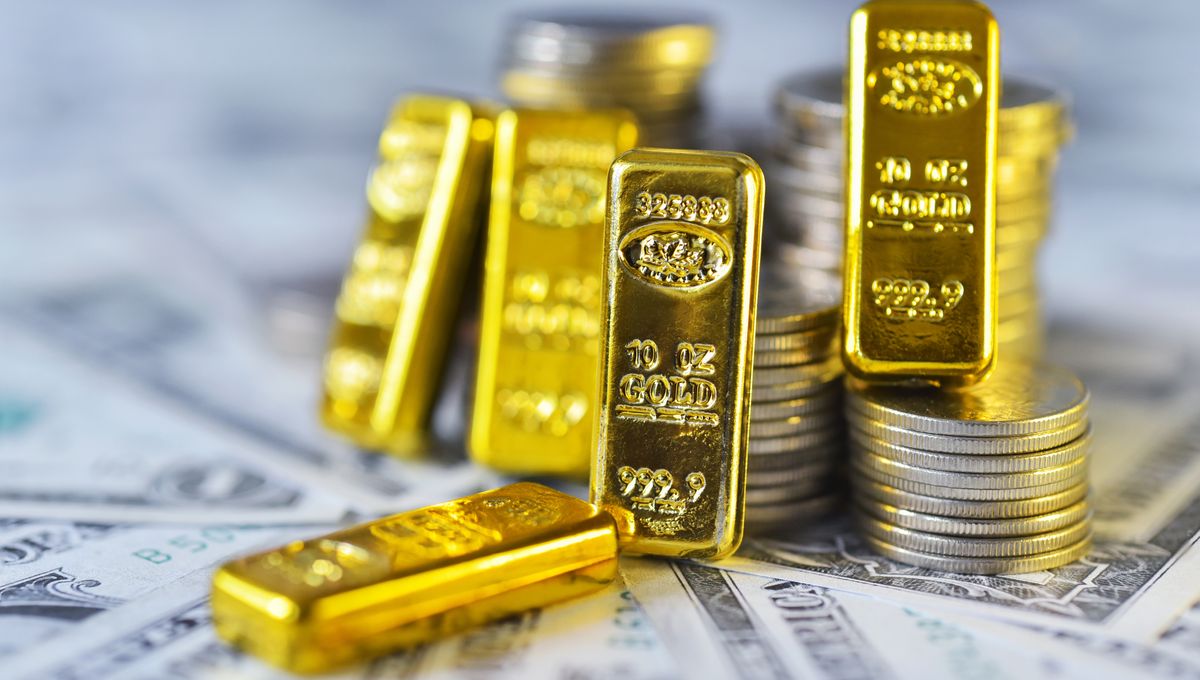
Researchers have been able to heat up a sample of solid gold to over 14 times its melting temperature for a fraction of a second, bypassing a theoretical limit known as the entropy catastrophe. The approach, known as superheating, might lead to a better understanding of how substances change phase at a fundamental level and even to improved production of materials.
Entropy is a crucial physics quantity. The entropy of an isolated system always increases, as revealed by the second law of thermodynamics (and in this house, we obey the laws of thermodynamics). Entropy can be understood as the measure of disorder in a system. Liquid water, for example, is more chaotic than an ice cube, so it has more entropy.
In general, solids have lower entropy than liquids. There are some extreme exceptions, however. It is theoretically possible to supercool liquids, pushing them below their freezing point, taking them to the same entropy as that of a solid. It is equally possible to push a solid to a higher temperature than its melting point until it reaches the entropy of its liquid counterpart.
This is the so-called entropy catastrophe. This critical temperature, where a superheated solid and a liquid have the same entropy, is around three times the melting temperature. Gold has a melting point of 1,064 degrees Celsius (1,947 degrees Fahrenheit).
Despite the theoretical framework, creating a solid that reached this threshold had to face other challenges. Basically, there is always something that gets in the way before you can reach that temperature in a solid, which is called a hierarchy of catastrophe. It is very difficult to get that without physics getting all up in your business.
The new work, led by Thomas White from the University of Nevada, Reno, used gold films 50 nanometers in thickness. That’s about half the size of a virus. It was then heated with an X-ray laser for 45 femtoseconds (one femtosecond is one million billionth of a second). In that fraction of a second, the temperature of the sample shot up.
Metals can be envisioned as being positive ions in a sea of electrons. That’s because the electrons on their outer shells are more loosely bound. This metallic bond gives metals their properties, such as electrical and heat conductivity, malleability, and their shine (gold’s color is related but due to a relativistic effect).
When the laser hit the gold, some of the outer electrons were hit, spreading this energy throughout the sample. Shortly, every atom was jiggling with this increased temperature, and the researchers could measure this motion. The average kinetic energy of the particles is related to the temperature.
The team used two approaches to heat up the gold film, and in both cases, it exceeded the entropy catastrophe temperature for over 2 picoseconds (2 trillionths of a second). The way to bypass that threshold is heating up the sample very quickly, creating enough electron and atomic motion, but on this short timescale, the sample had no time to expand, and this might be key to the ability to remain a crystalline solid.
Now, a caveat. Temperature is linked to the average particle motion at equilibrium. This system is pushed out of equilibrium with the laser heating, and in that fraction of a second, the shaking of the atoms might not be in the equilibrium required for a temperature measurement.
Still, the experiment – limitations notwithstanding – takes us right at the extreme of phase transition physics. Who knows what we could unlock if we were better able to control superheating and melting of material.
The study is published in the journal Nature.
Source Link: Solid Gold Superheated To 14 Times Its Melting Point, Bypassing The "Entropy Catastrophe"